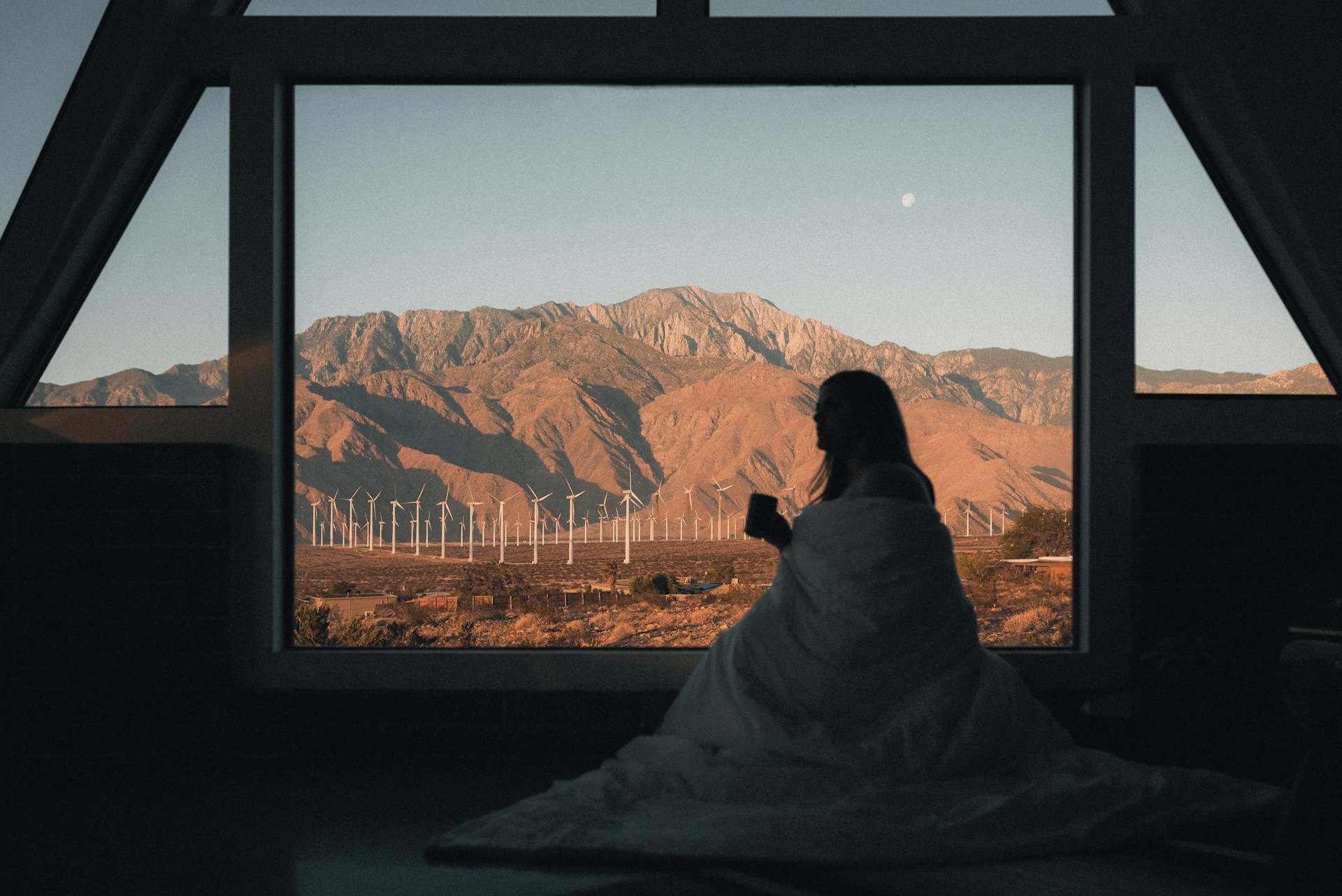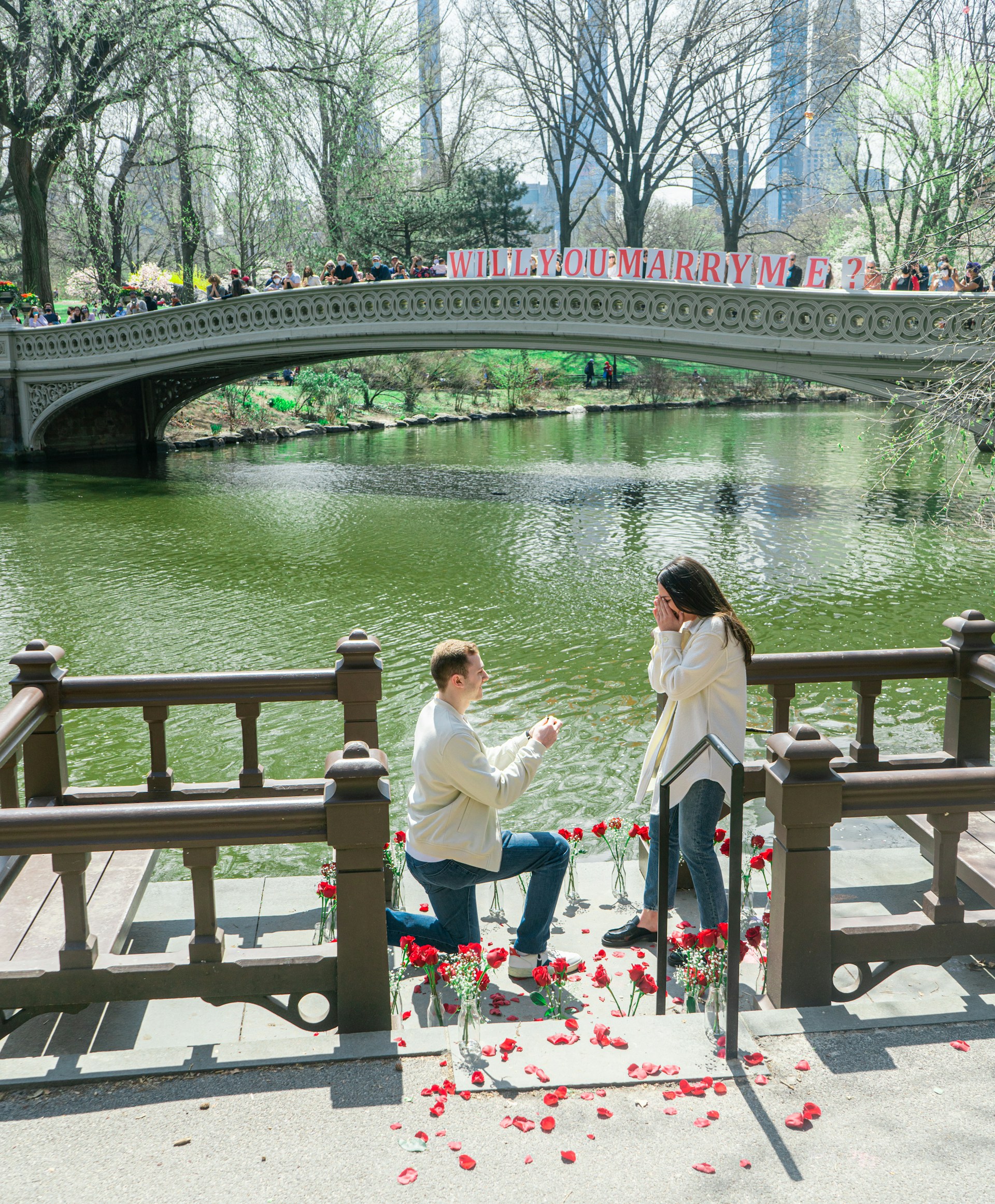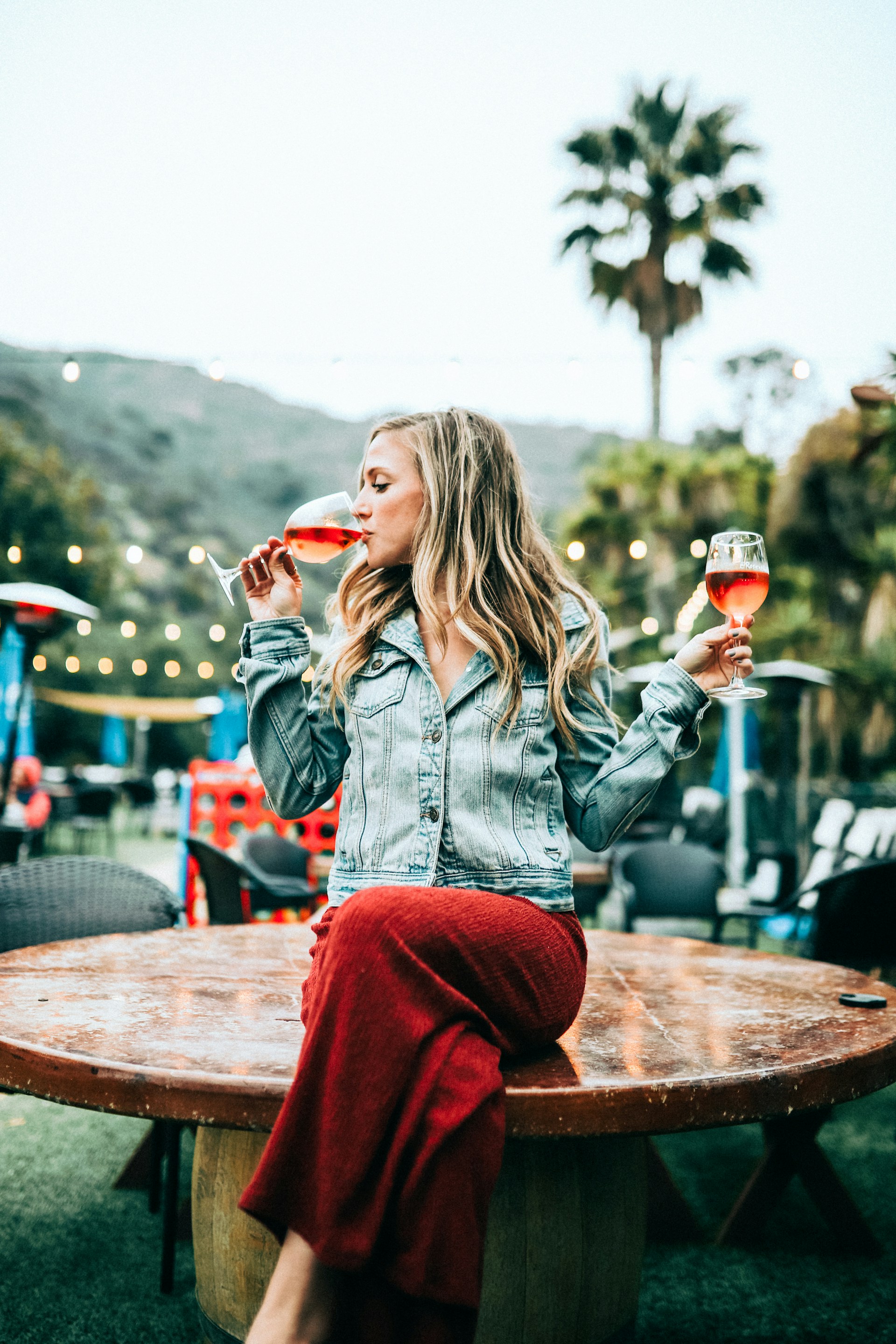In a world of nonstop schedules and back-to-back itineraries, slow travel has become a meaningful alternative—especially for couples seeking a deeper, more intentional way to connect. Unlike whirlwind tours or overstuffed agendas, slow travel is rooted in presence, curiosity, and shared discovery. It invites couples to immerse themselves in a destination, rather than simply check off attractions.
This style of travel isn’t just about moving at a slower pace—it’s about creating space for connection, spontaneity, and lasting memories. For couples looking to recharge and reconnect, slow travel offers an experience that’s as romantic as it is transformative.
At its core, slow travel is a mindset. It emphasizes quality over quantity, encouraging travelers to spend more time in fewer places. Rather than hopping between cities or racing to meet a list of must-sees, couples choose to linger. They stay longer in one destination, get to know local neighborhoods, shop at farmer’s markets, and form mini rituals like morning walks, sunset picnics, or evenings spent at the same cozy café.
This kind of travel fosters intimacy not just with the place, but also between partners. Without the stress of logistics and constant motion, there’s more time for meaningful conversations, quiet moments, and shared experiences that deepen your bond.
Planning a slow travel itinerary requires a different approach than the typical vacation. Instead of focusing on attractions, think in terms of rhythms and routines. Choose accommodations that encourage comfort and ease, like an apartment through Airbnb, where you can cook meals together and unwind after a day of exploring. Schedule only one or two experiences each day and leave room for spontaneity.
If you find a charming bookstore or a scenic hiking trail, you’ll have time to follow your curiosity. Look for destinations known for walkability and natural beauty, such as the Cotswolds in England, Lucca in Italy, or Kyoto’s less touristy neighborhoods.
Couples who have embraced slow travel often describe it as life-changing. Jen and Alex, a couple from Seattle, spent a month living in a small town in southern France. They rented a cottage through TripGift, visited local markets, and spent their afternoons biking through vineyards. They say it was the first trip where they didn’t feel like they were performing for social media or rushing from one site to the next. Instead, they reconnected with each other and found joy in everyday routines.
Another couple, Priya and Samir from Toronto, chose to spend two weeks in Kyoto during cherry blossom season, focusing on traditional tea ceremonies, slow walks along the Philosopher’s Path, and quiet mornings at local temples. The unhurried pace allowed them to soak in the culture and connect through shared awe.Slow travel also brings a sense of sustainability—emotionally, financially, and environmentally. By staying longer in one place, couples reduce their carbon footprint and spend more of their travel budget in local communities. Financially, slow travel can be more affordable than it seems. With apps like Fluz, couples can earn cashback on gift cards for accommodations and travel experiences through platforms like Airbnb or TripGift. The cashback can be reinvested into longer stays, cooking classes, or wellness activities like spa days or yoga retreats. Because slow travel prioritizes value and experience over volume, it often leads to greater satisfaction and less burnout.



